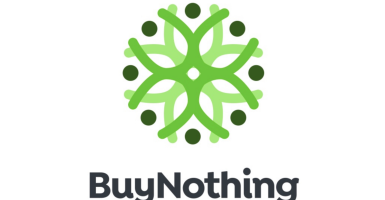The Grim Realities Of Medical Debt In The United States
The United States' healthcare system is broken, and that's evident more than ever in the grim realities of medical debt.
This article is more than 2 years old

The United States has one of the most gruesome and convoluted healthcare systems for a sophisticated and advanced country. For many who pay for health insurance, their deductible is so high that they can’t even cover the necessary treatments or hospital visits. After two years of an ongoing pandemic, many have fallen into medical debt, taking out loans or retirement funds to pay them off.
An estimated 100 million people in the United States, which is almost a third of the entire population, are dealing with some form of medical debt. Approximately 41% of adults must pay off a healthcare-related bill, and there’s no relief in sight. Despite recent attention from the White House and plans to tackle this issue from Congress, a further investigation into medical debt showcases the extensive policy issues that have informed this crisis.
When it comes to medical debt, many might not even know they have outstanding balances due to hidden fees. Debt might be hidden as credit card balances or payment proposals from hospitals. The overwhelmingly discreet nature of medical bills could add up before a person even knows they have fees to pay. This constitutes a larger problem in the United States, where healthcare runs like any standard profit-driven business. The model works when hospitals and healthcare companies are making money, not when patients get the care they need for free.
Kaiser Family Foundation conducted a nationwide poll to find out who in America was struggling with medical debt. The poll wanted to extract information about how many people have outstanding bills from hospitals or loans taken out to afford healthcare plans. The KFF survey also took statistics from hospital billing, credit card data, and the credit bureau to help inform the results. The study showed that a majority of counties in the United States have people suffering from a form of medical debt. A quarter of all adults surveyed had a medical bill to pay of $5,000 or more.
With many Americans suffering from overwhelming medical debt, one might ask, how will these individuals pay it off? For some people surveyed by the KFF, paying off medical debt won’t happen in this lifetime. Almost 20% of people surveyed have no idea how they will pay off their healthcare fees or have any expectations to do so. The unfathomable amount of debt that hospitals and healthcare businesses can attach to an individual is catastrophic when inflation and gas are at all-time highs. With other bills to keep track of, it makes sense that many Americans believe they won’t be able to reimburse their medical care companies.
Though healthcare is designed to keep citizens healthy and safe, some experts believe the United States healthcare system was perfectly designed to accumulate medical debt. Dr. Rishi Manchanda, one of the board members of the nonprofit RIP Medical Debt, stated that the American healthcare industry is “perfectly designed to create debt.” This belief often plays out in counties with the highest rates of chronic illnesses. United States counties with statistically more cancer and chronic illness patients have three to four times higher debt levels.





